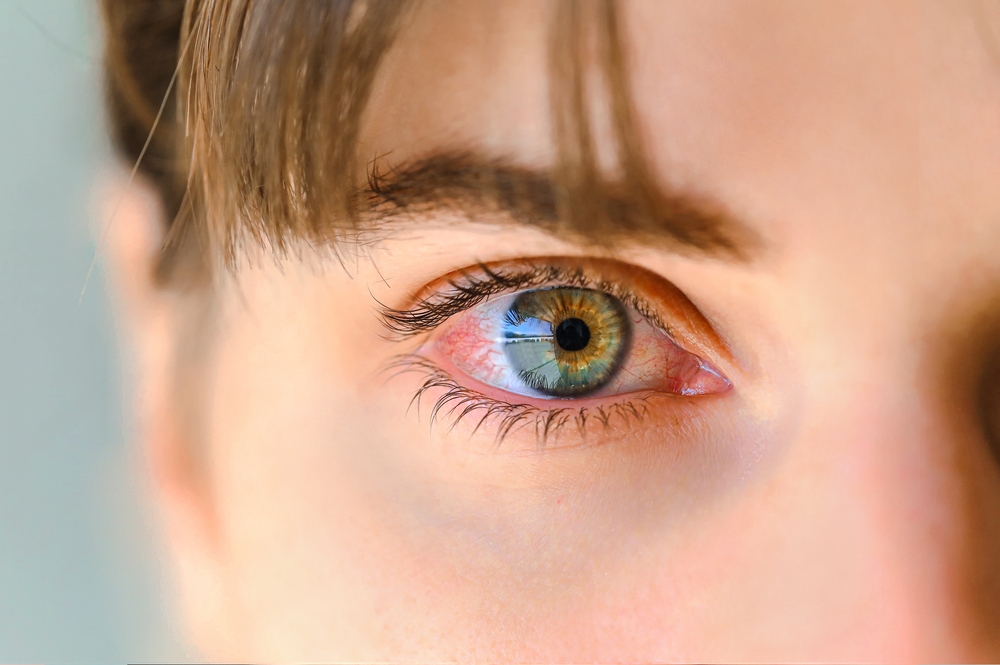
Pink eye, or conjunctivitis, is an inflammation of the clear eye tissue. The conjunctiva covers the white area of the eye and the inner portion of the eyelid. Often highly contagious, the condition usually affects children, spreading rapidly in daycare centers and schools.
The condition is uncomfortable but is rarely serious. If treated promptly, it does not affect vision and clears up with no long-term complications.
Causes of Pink Eye
Pink eye could be caused by several issues, including:
Bacteria
Viruses, such as the common cold virus
Reaction to eye drops
Amoebas, fungi, and parasites
Irritants such as smoke, dirt, shampoo, and chlorine
Allergic reaction to pollen, dust, and other substances
Sexually transmitted diseases such as gonorrhea or chlamydia
Types of Pink Eye
There are various types of pink eye. Viral conjunctivitis is the most common and most contagious form. The condition usually begins in one eye before affecting the other within a few days.
Other types are bacterial conjunctivitis, allergic-type, giant papillary conjunctivitis, and ophthalmia neonatorum, which affects newborns. If your newborn has pink eye, immediate treatment is crucial to avoid blindness or permanent eye damage.
Symptoms of Pink Eye
The symptoms of conjunctivitis depend on the cause or type. They include:
Swollen conjunctiva
Redness in the sclera (white of the eye) or inner eyelid
Excessive tearing
Burning or itchy eyes
Think yellow discharge crusting the eyelashes, usually after sleep
White or green eye discharge
Blurry vision
Increased sensitivity to light
Swollen lymph nodes
Home remedies usually resolve the symptoms, but you should contact your eye doctor if they fail to improve within two weeks.
Diagnosing Pink Eye
It is essential to realize that not all swollen, red, or irritated eyes are due to pink eye. The symptoms could be due to various eye conditions, including iritis, sties, chalazion, allergies, or blepharitis. Unlike pink eye, these conditions are not contagious.
The doctor will examine the eye, ask about the symptoms, and obtain some eyelid fluid for tests to diagnose the condition. A lab test will determine the presence of viruses or bacteria causing the pink eye. Understanding the cause will help in developing the best treatment plan.
Treatment for Pink Eye
Treating pink eye will depend on the cause. Pink eye from viruses must run its course, lasting four to seven days. The condition is highly contagious, so it is vital to prevent its spread. If the herpes virus causes pink eye, the condition can be serious and requires prescription medication.
Prescription drugs, eye drops, or ointments may be recommended. Bacterial pink eye is usually treated with antibiotics. Antihistamines can help treat allergic conjunctivitis. If medication is prescribed to treat pink eye, you should return to the doctor after several days to monitor your progress. The follow-up appointment is vital to ensure your condition improves.
For more on the signs and symptoms of pink eye, visit the Eye Center of Brookings at our Brookings, Oregon, office. Call (541) 469-6923 to schedule an appointment today.







